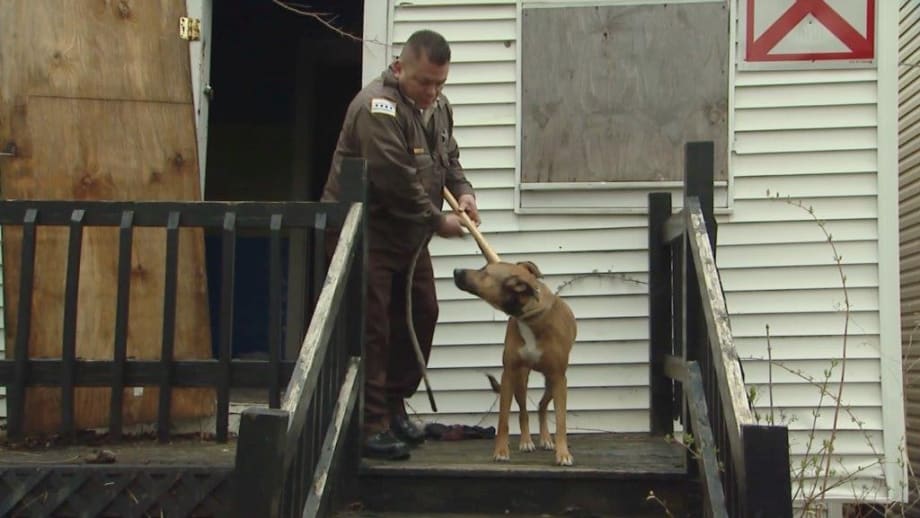During entry into the targeted homes, the officers shot and killed a Rottweiler and two bull-mastiffs. The dog owners sued. And the Ninth U.S. Circuit Court of Appeals let the suit go forward. In 2005 after the U.S. Supreme Court declined to hear an appeal of the Ninth Circuit decision, Santa Clara County settled for $990,000 and the City of San Jose settled for $800,000. The cities of Santa Clara and Gilroy had already paid total damages of about $50,000.
The bottom line is that if the pre-operation surveillance reveals the presence of dogs, you need to account for how to get around them or through them without killing them.
Some SWAT teams have become very adept at using non-lethal tools to neutralize the threat presented by dogs. Retired Cleveland SWAT entry team leader Robert O'Brien says that long before the Hells Angels case and its nearly $2 million in settlements his SWAT team always considered the presence of dogs in its planning. O'Brien's tool of choice for getting the dogs out of the way was the fire extinguisher.
"I employed CO2 fire extinguishers numerous times with great success against attacking, charging dogs, including pit bulls, Rottweilers, Dobermans, and German shepherds," says O'Brien, who adds Cleveland SWAT learned this tactic from LAPD SWAT.
O'Brien says he used CO2 fire extinguishers on dogs an average of 100 times per year over 20 years and found them to be very effective. "It works on dogs three ways: the noise, the cloud, and the cold in their very sensitive noses," he explains. Cleveland SWAT continues the practice today, O'Brien adds.













